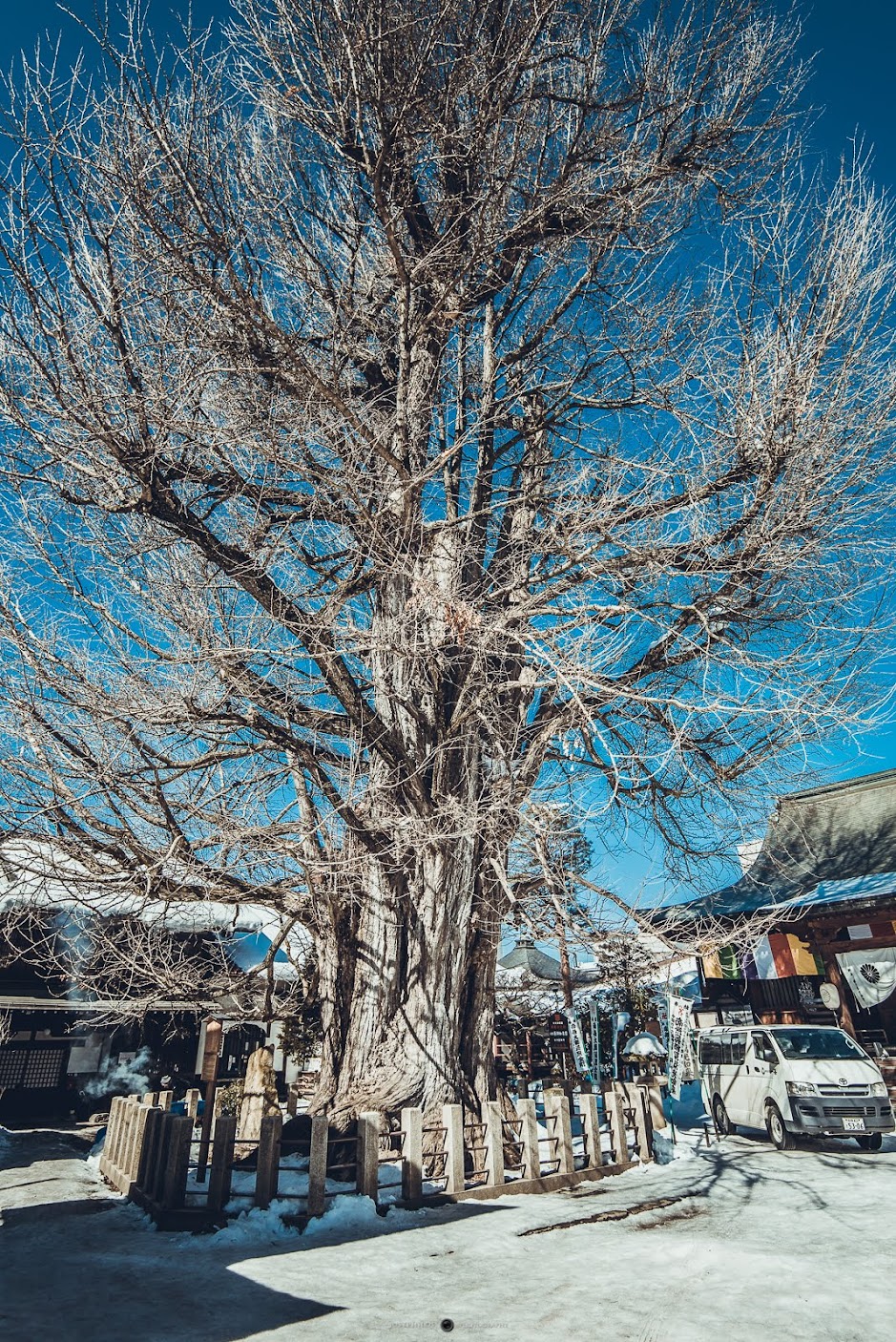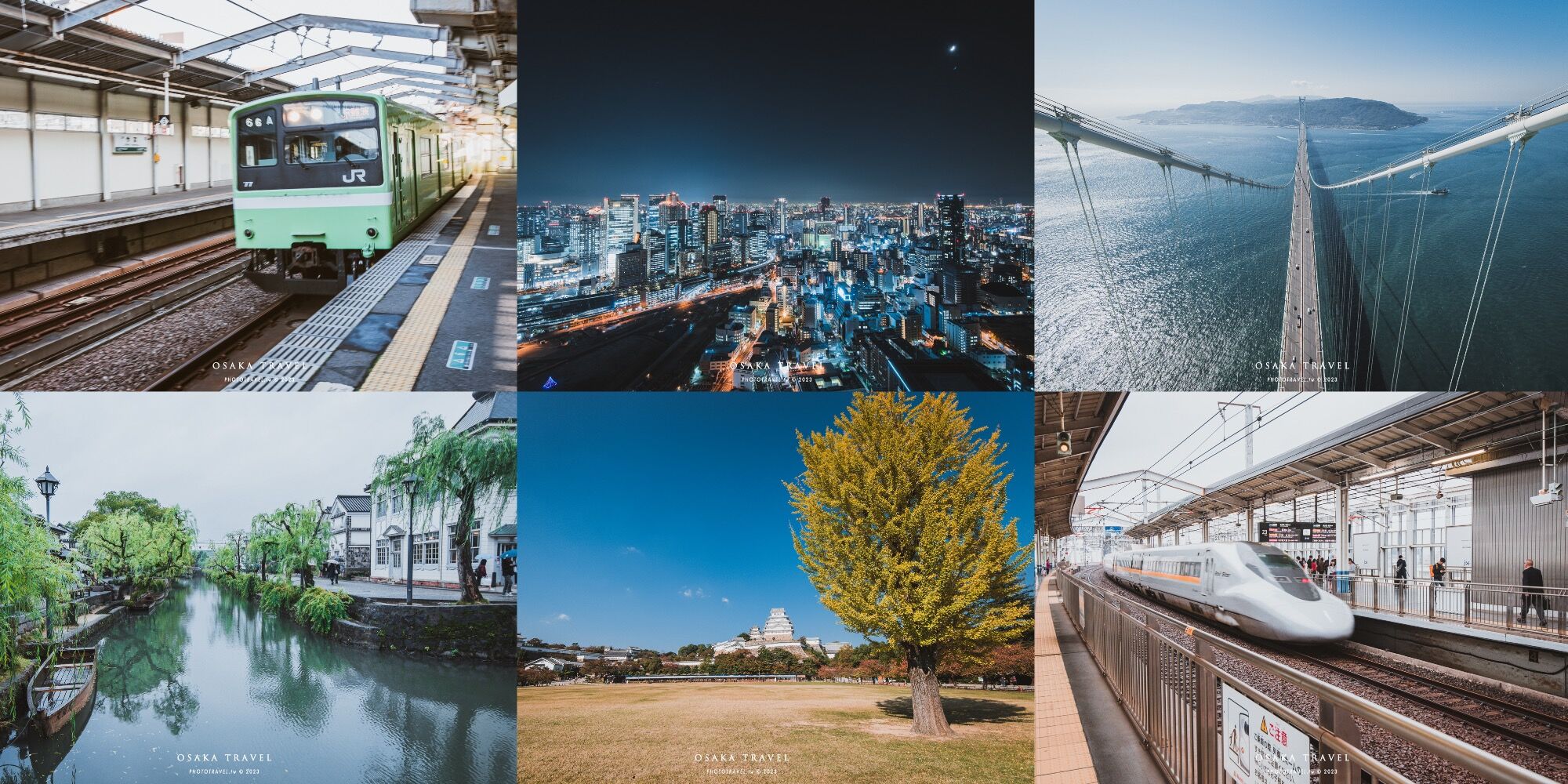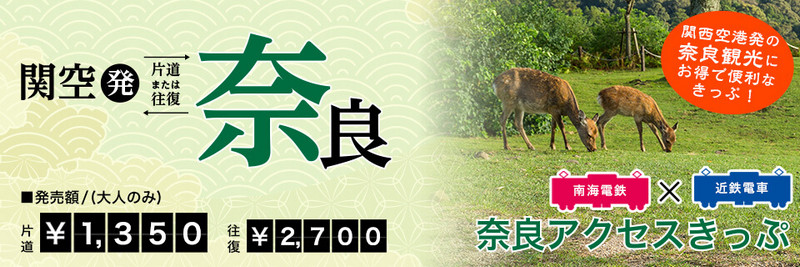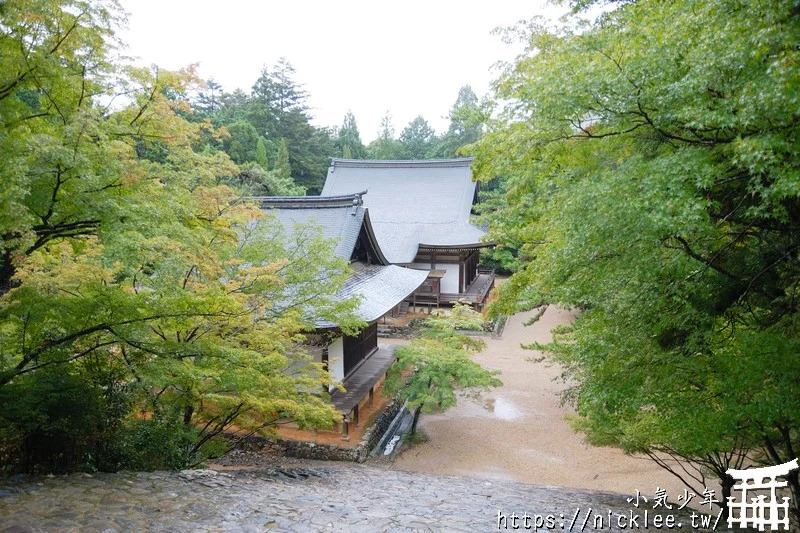Summary
Announcement of the 2024 Shirakawa-go Illumination! Shirakawa-go, a World Cultural Heritage site in Gokayama, Toyama, is a popular tourist destination in the Hokuriku region of Japan. Whether you are planning a solo trip or a group tour, visiting Shirakawa-go is always a highlight. The annual Shirakawa-go Illumination is a must-see event that happens once a year and is definitely worth it!
In the past, due to transportation limitations, even if you saw the beautiful scenery of the Shirakawa-go Illumination, it was difficult to visit. However, with the convenience of buses and railways, it is now much easier to reach Shirakawa-go. This article will document a one-day trip to Shirakawa-go with photos and text, as well as provide recommendations for capturing the best shots of the illumination and information on transportation and attractions in Shirakawa-go. Even if you don’t stay overnight in Shirakawa-go, you can easily plan a one-day trip to explore the village.
Philos’ Travel Notes
The Shirakawa-go Illumination is an annual event that is worth seeing at least once in a lifetime! However, due to the large number of visitors in recent years, the participation requirements for the illumination have been changing, making it increasingly difficult to experience. I still highly recommend visiting Shirakawa-go even if you can’t attend the illumination. Exploring the village during the winter season and enjoying the snowy scenery is also a wonderful experience! Recommended duration: a whole day.
Shirakawa-go Illumination 2024
The information about the 2024 Shirakawa-go Illumination has been announced by the Shirakawa-go Tourism Association. For details, please refer to the link provided on their website. Here, we will only provide information and supplementary details about the dates and regulations for the 2024 Shirakawa-go Illumination.

2024 Shirakawa-go Illumination Dates
The 2024 illumination will be held a total of 6 times on the following dates:
| Illumination Session | Date | Illumination Time |
|---|---|---|
| Session 1 | 2024/1/14 (Sunday) | 17:30~19:30 |
| Session 2 | 2024/1/21 (Sunday) | 17:30~19:30 |
| Session 3 | 2024/1/28 (Sunday) | 17:30~19:30 |
| Session 4 | 2024/2/4 (Sunday) | 17:30~19:30 |
| Session 5 | 2024/2/12 (Monday) | 17:30~19:30 |
| Session 6 | 2023/2/18 (Sunday) | 17:30~19:30 |
2024 Shirakawa-go Illumination Dates
The 2024 Shirakawa-go Illumination will have a total of 6 sessions, with all sessions except for February 12th taking place on Sundays. The dates for the illumination are January 14th, January 21st, January 28th, February 4th, February 12th, and February 18th. The illumination will take place from 17:30 to 19:30 each evening. The illuminated areas will be similar to previous years, including the Wada House, Myozenji Temple, Kamimachi, and more.
Do I Need to Make a Reservation for the Shirakawa-go Illumination?
Starting from 2019, a reservation is required to participate in the Shirakawa-go Illumination. Those without a reservation can only visit the village in the morning until noon (must leave the village by 15:00 at the latest).
How to Make a Reservation for the 2024 Shirakawa-go Illumination
There are four ways to make a reservation for the 2024 Shirakawa-go Illumination, as well as restrictions for the night viewing platform:
1. No entry without a ticket: Only those with a ticket for the viewing platform can enter and enjoy the illumination. The number of viewing platform tickets is limited and can only be reserved together with the Shirakawa-go entrance ticket. They are not sold separately.
2. How to obtain a viewing platform ticket:
2-1. Stay in a Shirakawa-go accommodation: Reserve a stay at a minshuku (traditional Japanese inn) in Shirakawa-go and choose a package that includes a viewing platform ticket.
2-2. Reserve a bus tour organized by a highway bus company: Participate in the “Illumination Tour with a Viewing Platform Ticket” organized by Nohi Bus, Kaetsuno Bus, or Toyama Chitetsu Bus.
The number of tickets is limited and cannot be resold or transferred.
3. Divided into three time slots for entry: To reduce crowding, the viewing platform is open in three time slots. Please make sure to arrive at the viewing platform at the designated time printed on your ticket.
4. Tripod regulations: The use of camera tripods is prohibited.
5. Pay attention to inclement weather: In the event of heavy snow or other unfavorable weather conditions, the organizers may close the viewing platform for safety reasons. Please be aware of any updates.
Things to Note for Daytime Sightseeing in Shirakawa-go without Attending the Illumination
1. Parking restrictions: If you plan to visit Shirakawa-go during the daytime on the six illumination days, no reservation is required for parking. However, you must park in the designated parking area. The daytime sightseeing parking is open from 8:00 to 15:00, and you must leave Shirakawa-go by 17:00.
2. Entry time restrictions: The latest entry time for daytime sightseeing vehicles (including tour buses) is 15:00. It is recommended to arrive at the parking area before 12:00 to ensure enough time for sightseeing in Shirakawa-go.
3. Viewing platform restrictions:
4. Transportation: The Ogimachi Castle Observation Deck, a must-visit viewing platform in Shirakawa-go, is not accessible by private vehicles. You must take the shuttle bus or walk from behind the Wada House.
[Shuttle Bus Information]
Fare: 200 JPY one way per person
Operating hours: Up the mountain from 9:00 to 15:40, down the mountain from 9:10 to 16:10
6. Walking to the observation deck: It takes about 15-20 minutes to walk from behind the Wada House.
7. Opening hours: The Ogimachi Castle Observation Deck will close at 15:45 to prepare for the evening illumination.
Four Ways to Obtain Reservation Tickets for the 2024 Shirakawa-go Illumination
There are four ways to obtain reservation tickets for the 2024 Shirakawa-go Illumination:
| Method | Participation Details | Includes Viewing Platform Ticket | Related Links |
|---|---|---|---|
| 1 | Stay overnight in Shirakawa-go | Includes a viewing platform ticket | Reservation Website |
| 2 | Self-driving/Chartered tour: Reserve a designated parking space for the illumination | Does not include a viewing platform ticket | Reservation Website |
| 3 | Join a bus tour organized by a highway bus company | Includes or does not include a viewing platform ticket (limited quantity) | Nohi Bus Kaetsuno Bus Toyama Chitetsu Bus |
| 4 | Join a bus tour organized by a travel agency | Does not include a viewing platform ticket |
Once you have completed the reservation, you will receive an identification card to wear around your neck for identification by the staff on the day of the event. The tickets have different colors depending on the entry date and are only valid for that day.
In conclusion, if you still want to attend the 2024 Shirakawa-go Illumination, you will need to rely on your own efforts. In addition to following the latest epidemic prevention measures and regulations for independent travel in Japan, you will also need some luck. Alternatively, you can refer to this article to plan a one-day trip to Shirakawa-go during non-illumination periods, which is also a good choice.
About Shirakawa-go
Shirakawa-go in Gokayama, Toyama, is located at the foot of the mountains in the northwest part of Gifu Prefecture, Japan. It is called Shirakawa-go because there are over a hundred “gassho-zukuri” buildings in the area. Gassho-zukuri is a traditional architectural style with steep thatched roofs that resemble hands clasped in prayer, which is why they are called “gassho” (clasped hands). It is said that this type of architecture is effective in withstanding heavy snow and preventing roofs from collapsing. In December 1995, Shirakawa-go and the Gokayama region in Toyama were registered as World Cultural Heritage sites by UNESCO.
In previous years, the Shirakawa-go Illumination information would usually be announced around the middle of the previous year. However, due to some tourists’ bad habits and certain negative practices by Taiwanese photography groups (such as monopolizing tripod spots), the information for this year’s illumination has been delayed. Additionally, it seems that the accommodations during the illumination period have been exclusively booked by travel agencies. Despite starting to inquire about room reservations a year in advance, we were still rejected due to rooms being fully booked.
Fortunately, towards the end of the year, the Shirakawa-go official website (click here to check the illumination information) finally announced the illumination details. Unlike previous years, the illumination dates have been changed to Sundays and Mondays, and the illumination time has been pushed back from 17:30 to 18:00, with a shortened duration of one and a half hours. Additionally, it has been specified that the viewing platform can only be accessed by shuttle bus, and the use of tripods is strictly prohibited. This means that this year’s illumination journey will require some improvisation.
Transportation Options for Independent Travel to Shirakawa-go
- Self-driving: Although it is possible to drive to Shirakawa-go, it is not recommended due to the differences in driving directions between Japan and Taiwan, as well as unfamiliarity with driving in snowy conditions.
- Taking a bus: It is recommended to stay overnight in Takayama and take the Nohi Bus to Shirakawa-go the next day. However, since the number of seats is limited, whether you can secure a seat depends on your luck.
- Nohi Bus (Departing from Kanazawa/Takayama):
- Gifu Bus (Departing from Nagoya): Take the Gifu Bus “Highway Nagoya-Shirakawa-go Line” for a fare that varies depending on the date, approximately ranging from 3,000 to 4,000 JPY for a one-way trip. (Timetable)
- Kaetsuno Bus (Departing from Takaoka): Take the Kaetsuno Bus “World Heritage Bus” for a one-way fare of 1,800 JPY. (Timetable)
- Joining a tour group: However, most tour itineraries only include daytime activities and do not wait until the end of the illumination. Joining a photography group may be an option, but remember to follow the rules.
- Chartered tour: Although more expensive, it offers more flexibility.
One-day Trip Itinerary for Independent Travel to Shirakawa-go
Here are some recommended attractions and routes within Shirakawa-go for a one-day trip. This can serve as a reference for planning your one-day trip to Shirakawa-go or for those who choose to visit during the daytime only on illumination days. If you want to see actual photos and information about the Shirakawa-go Illumination, you can scroll to the end of the article for the Shirakawa-go Illumination record.
First, here is a map of Shirakawa-go (you can obtain a printed version at the tourist center, which is available in multiple languages).

I have marked several important points on the map for reference. The following are some highlights of the photo records:

Upon arriving at the Shirakawa-go parking lot, the first area you will encounter is the Shirakawa-go Encounter Hall, where you can take a restroom break or obtain a guide map. The rainy weather on that day gave the distant mountains a ink painting-like feel.

Since we arrived early, the Taikobashi Bridge was unusually quiet. After crossing the bridge, you will officially enter the heart of the gassho-zukuri village.

A mini torii gate can be seen here, as there is a shrine in the distance. This area can be considered the approach to the shrine within Shirakawa-go.

This is the main street of Shirakawa-go. If you have enough time and are not in a hurry, I recommend turning right and walking along this main street. You can pass by the Hachiman Shrine and the distant Sanmai Houses (a 10-15 minute walk).

Despite the less-than-ideal weather, the snowy landscape and distant mountains still looked beautiful!

On the way to the Sanmai Houses, you can also see the Shirakawa-go Hachiman Shrine covered in snow. Be careful when entering the shrine as the floor can be slippery in winter.

The Sanmai Houses are another famous photo spot within Shirakawa-go. If you approach from the direction of the shrine, you will first see the back of the houses. Don’t turn back at this point; continue walking until you see the charming front view. The map provided above has marked the location, or you can look for the spot labeled (2) and find “Oshokuji-dokoro Tadahachibei.”


Myozenji Temple and its storehouse are important cultural assets within Shirakawa-go. The storehouse, a gassho-zukuri building with five stories, is the largest gassho-zukuri building in Shirakawa-go.

The storehouse at Myozenji Temple is also a photo spot. You can walk to the side of the storehouse and take photos with its reflection in the water on the paddy field embankment.


You can find many small snowmen made of snow throughout Shirakawa-go. I truly admire the creativity and craftsmanship of the visitors.

Yamayado, located at icon 28 on the map, is also a shop within Shirakawa-go. It must have been quite challenging for the shopkeepers to clear the thick layer of snow.

If you have enough time, find an open space and enjoy playing in the snow.

The Kanda House in Shirakawa-go is open for indoor visits. There is an entrance fee of 300 JPY if you want to see the interior structure of the gassho-zukuri building. However, since the focus of this trip was the illumination, we did not specifically enter for a visit.


There is a small house hidden in the snowy landscape across from the Wada House. Together with the lone branch in the foreground, I particularly like the atmosphere of this photo, which gives a sense of solitude.

The Wada House is another residence open for visits. On the day of the photo shoot, a group of tourists went through great efforts to walk to the center of the snowy field for a photo…


Shirakawa-go Castle Tower and the Shirakawa-go Illumination
On the way to the shuttle bus for the castle tower, this area is the highlight of Shirakawa-go, with gassho-zukuri buildings densely packed together. If you don’t plan to visit the castle tower, waiting in this area for the illumination is also a good choice. After finishing this part of the itinerary, we are ready to go up to the castle tower.

This is the observation deck of the castle tower. There are one or two shops selling cooked food on the mountain, but the variety of choices is limited.

Before the restricted hours begin, there are no specific restrictions on the number of people at the Gassho Village Castle Tower. However, because the area is really small and the angles for taking photos are similar, if you have taken a photo you like, you can go indoors to rest (after all, it’s quite cold in the Gassho Village in winter, even when it’s raining). In addition, at the observation deck of the castle tower, because there are not many articles on the internet focusing on the focal length for photography, I brought all the focal lengths of my lenses when I went up the mountain…
Recommended Focal Lengths for Shooting at the Gassho Village Castle Tower and Sharing Real Photos
After actual shooting, it is recommended to prepare a medium focal length lens (at least 70mm or above) or a telephoto lens (200mm or above). You can take close-up shots of the village, and wide-angle lenses are almost useless here. However, because everyone has different preferences for composition and framing, if you are used to carrying heavy equipment, you can try shooting with different focal lengths.

The above photo was taken with a Nikon 24-120mm lens at a focal length of 66mm, which is a typical focal length for shooting the panoramic view of the Gassho Village.

If you have a telephoto lens, you can try taking close-up shots of the Gassho-style buildings from a high vantage point. Through the compression of a long lens, you can feel like you are in a fairy tale. The above photo was taken with a Nikon 70-200mm lens at the 200mm end.

Next, you just have to wait quietly for it to get dark. However, on the day of the shoot, some thick fog rolled in, and I thought for a moment that the lighting would be shrouded in heavy fog. Because the winter nights in Japan get dark early, around 5:30 pm, some shops start to light up one by one. At this time, you can take photos and appreciate the snowy scenery that is different from during the day when there is no lighting.


Because the lighting time at the Gassho Village is during the winter season, if you want to capture this precious blue moment, you have to be quick, or it will be gone in an instant. I initially thought I could use a high ISO for photography, but it was actually quite challenging. I was very lucky to have taken satisfactory photos that day before the thick fog and heavy rain started… Because the lighting time is very short and more and more visitors go up to the observation deck, we left the observation deck shortly after the lighting started. The way down from the observation deck is a 10-minute walk, not as long as I imagined.
After going down, if you still have time, you can take some night views of the village along the return route. After all, the lighting moment is very precious, and since you have traveled a long way to come here, you should seize the opportunity. It’s a bit of a pity that the lighting time only lasts until 7:30 pm, and just as we set up our tripods at the Sanmai Hut, the lights went out…



Although the Gassho Village is not only open in winter, after seeing the nighttime lighting in winter, you can deeply experience why everyone is so eager to see the Gassho Village lighting up.
Finally, here are some small suggestions for planning your itinerary:
- It is recommended to allocate a whole day to visit the Gassho Village, so you can leisurely enjoy the beauty of the village.
- There are still many food stalls in the village, but if you don’t eat beef, it is recommended to buy food from the foot of the mountain and bring it with you. But remember to take your trash with you.
- Although tripods cannot be used when the observation deck is lit up, it is still recommended to bring one. After the lighting is over, you can take photos of other buildings in the village.
- If you want to go up to the observation deck, remember to be polite. Because the lighting time is very short, if you have taken a photo you like, you should give way to others so that everyone can go home with a satisfied mood. Also, if it’s raining, it is recommended to wear a raincoat, as you probably wouldn’t want to be part of someone else’s composition while shooting on the observation deck.
- Even if the sun is shining brightly in the Gassho Village, it is still winter, so be sure to prepare warm clothing.





